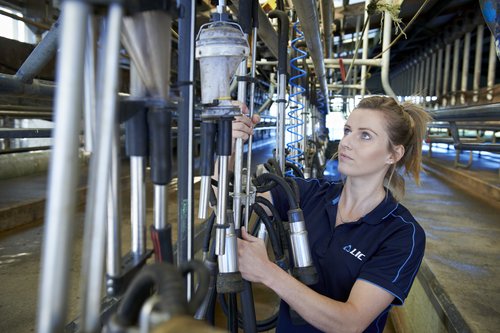Mastitis can permanently depress milk production, so it’s imperative that new infections are identified and tracked.
The solution is easy, however.
Herd test information can pinpoint individual animals that are causing the bulk milk Somatic Cell Count (SCC) to rise, and thousands of farmers across New Zealand currently use this data as an early indicator to help keep a tight lid on SCC.
Herd test SCC is widely accepted as the dairy industry’s best-available tool for selecting which animals need antibiotics.

Key information from the herd test is illustrated in the Somatic Cell Count report within MINDA and is easy to interpret.
The report displays which animals repeatedly exceed the SCC threshold (150,000 cells m/L for cows or 120,000 cells m/L for first-lactating heifers), extending back to as many as the previous 10 herd tests.
Regular herd testing helps identify animals that are likely to need treatment, together with the cows that have already received intervention throughout the lactation – and how well those cows are responding to the treatment plan.
The information should also assist later in the season when it comes to drying off – for example, working with a vet for selective dry cow treatment decisions.
The recent focus on reduced antibiotic use within both the health and dairy sectors is forcing healthcare professionals (such as doctors and vets) to shift away from proactively issuing antibiotics, instead promoting alternative treatments.
The dairy industry is acutely aware of doing its part in reducing on-farm antibiotic use.
For farms not currently herd testing, LIC encourages a single, late-lactation herd test. At the very least, this could enable the farmer to work with their vet, so a start can be made in working toward a selective dry-cow strategy.
You can find more information about LIC’s herd testing services here, or contact your local LIC Agri Manager.




